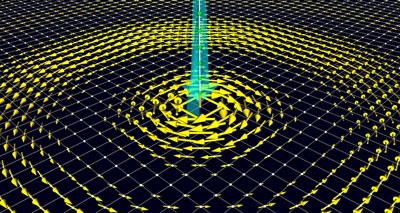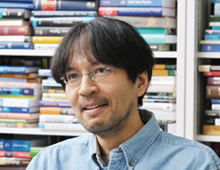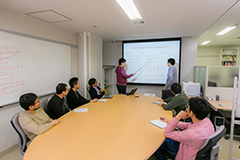| 1996 |
D.Eng., Nagoya University |
| 1996 |
Postdoctoral Researcher, National High Magnetic Field Laboratory, USA |
| 1999 |
Postdoctoral Researcher, Materials Science Center, Groningen University, Netherlands |
| 2001 |
Postdoctoral Researcher, International School for Advanced Studies, Italy |
| 2006 |
Long-Term Researcher and Research Assistant Professor, Oak Ridge National Laboratory and University of Tennessee, USA |
| 2008 |
Associate Chief Scientist, Computational Condensed Matter Physics Laboratory, RIKEN |
| 2010 |
Team Leader, Computational Materials Science Research Team, RIKEN Advance Institute for Computational Science |
| 2013 |
Team Leader, Computational Quantum Matter Research Team, RIKEN Center for Emergent Matter Science (-present) Position name has been changed to Team Director as of April 1, 2025 |
| 2017 |
Chief Scientist, Computational Condensed Matter Physics Laboratory, RIKEN (-present) |
| 2018 |
Team Leader, Computational Materials Science Research Team, RIKEN Center for Computational Science (-present) Position name has been changed to Team Director as of April 1, 2025 |
| 2021 |
Team Leader, Quantum Computational Science Research Team, RIKEN Center for Quantum Computing (-present) Position name has been changed to Team Director as of April 1, 2025 |




